Growing Awareness of Fire Safety
The Fire-Rated Glass Market is benefiting from a growing awareness of fire safety among consumers and businesses alike. As incidents of fire-related accidents continue to highlight the importance of safety measures, there is an increasing demand for fire-rated materials in construction and renovation projects. Educational campaigns and training programs are further enhancing this awareness, leading to a more informed consumer base that prioritizes safety in their purchasing decisions. In 2025, it is estimated that the fire safety market will expand by approximately 4%, with fire-rated glass being a key component in achieving compliance with safety standards. This heightened awareness is likely to propel the Fire-Rated Glass Market forward as stakeholders seek reliable solutions to mitigate fire risks.
Stringent Fire Safety Regulations
The Fire-Rated Glass Market is significantly influenced by stringent fire safety regulations imposed by various authorities. These regulations mandate the use of fire-rated materials in commercial and residential buildings to ensure occupant safety and property protection. As safety standards evolve, the demand for compliant materials, including fire-rated glass, is expected to rise. In many regions, building codes require the installation of fire-rated glass in critical areas such as stairwells, corridors, and exit routes. This regulatory environment not only drives the market but also encourages manufacturers to innovate and develop advanced fire-rated glass solutions. The ongoing emphasis on safety is likely to sustain the growth trajectory of the Fire-Rated Glass Market in the coming years.
Increasing Construction Activities
The Fire-Rated Glass Market is experiencing a surge due to the increasing construction activities across various sectors. As urbanization continues to rise, the demand for commercial and residential buildings is escalating. This trend is further supported by government initiatives aimed at infrastructure development, which often necessitate the use of fire-rated materials to enhance safety standards. In 2025, the construction sector is projected to grow at a rate of approximately 5.5%, thereby driving the demand for fire-rated glass. The integration of fire-rated glass in building designs not only meets safety regulations but also adds aesthetic value, making it a preferred choice among architects and builders. Consequently, this growing construction landscape is likely to bolster the Fire-Rated Glass Market significantly.
Rising Demand from the Hospitality Sector
The Fire-Rated Glass Market is experiencing a notable increase in demand from the hospitality sector, which is characterized by a growing emphasis on safety and aesthetics. Hotels, restaurants, and entertainment venues are increasingly incorporating fire-rated glass in their designs to comply with safety regulations while enhancing the overall ambiance. The hospitality industry is projected to grow at a rate of approximately 6% in 2025, further driving the need for fire-rated materials. This trend is particularly evident in high-rise buildings and luxury establishments where safety and design are paramount. As the hospitality sector continues to expand, the Fire-Rated Glass Market is likely to benefit from this rising demand, positioning itself as a critical component in modern architectural design.
Technological Innovations in Fire-Rated Glass
The Fire-Rated Glass Market is witnessing a wave of technological innovations that enhance the performance and aesthetic appeal of fire-rated glass products. Advances in manufacturing processes have led to the development of thinner, lighter, and more durable fire-rated glass options that do not compromise on safety. Innovations such as intumescent coatings and advanced glazing techniques are improving the fire resistance of glass while maintaining transparency and visual clarity. As architects and builders increasingly seek modern design solutions, these technological advancements are likely to drive the adoption of fire-rated glass in various applications. The ongoing research and development efforts in this field suggest a promising future for the Fire-Rated Glass Market, with new products continuously entering the market.


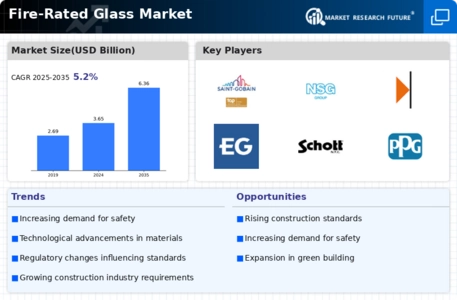
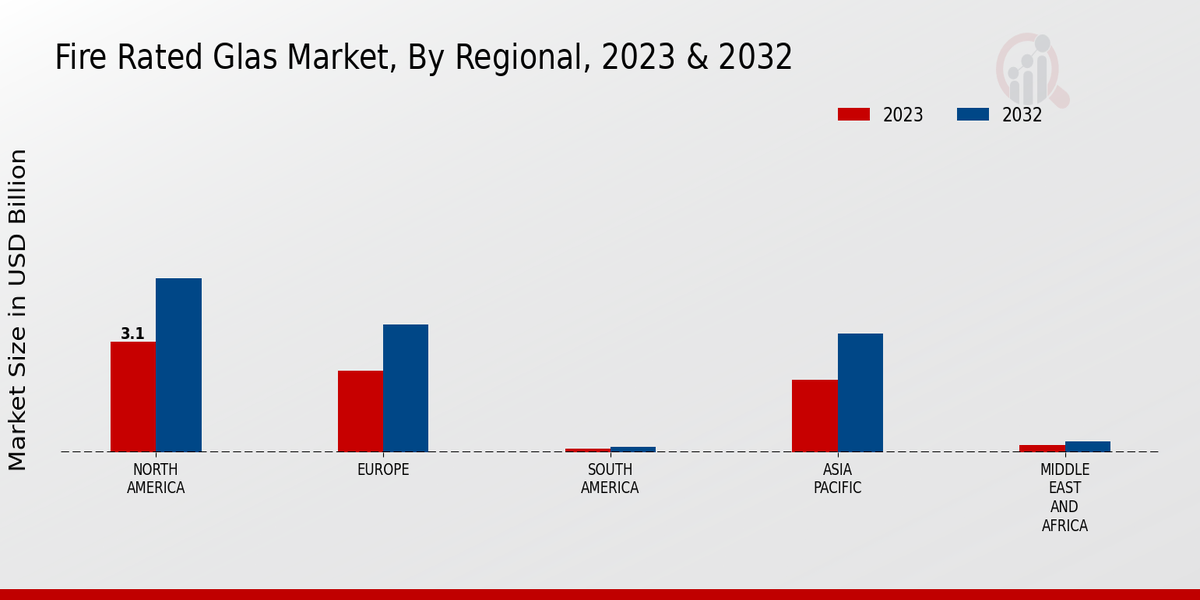
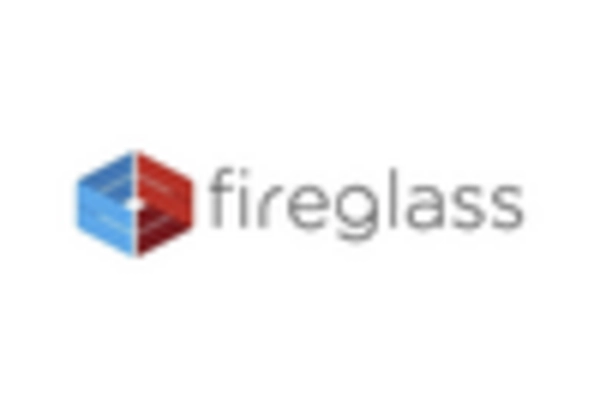
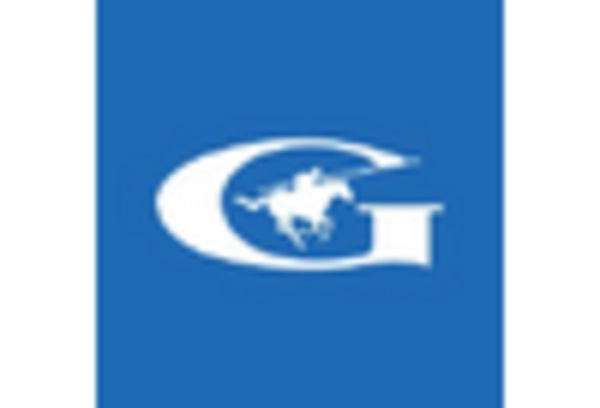
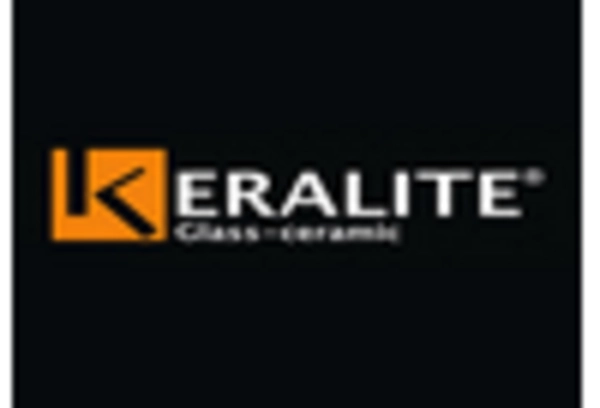
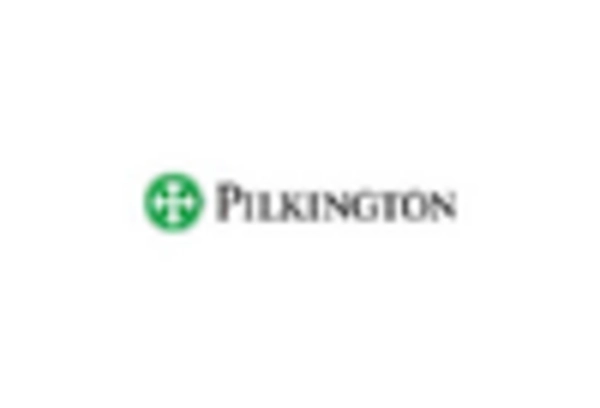

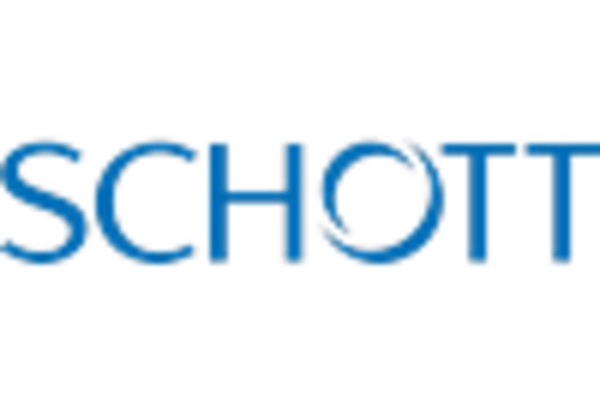








Leave a Comment